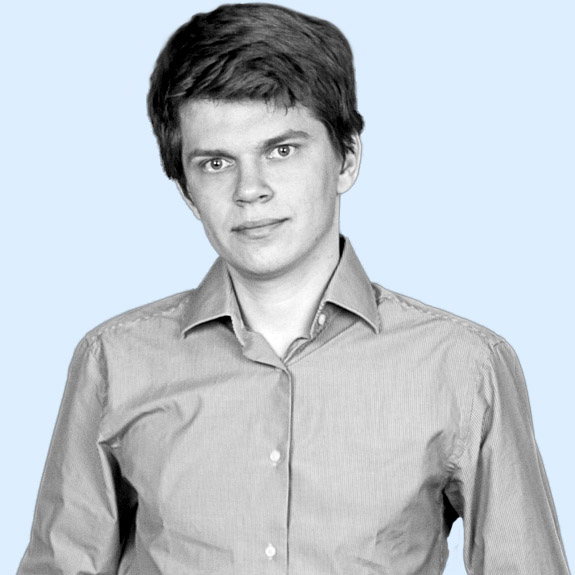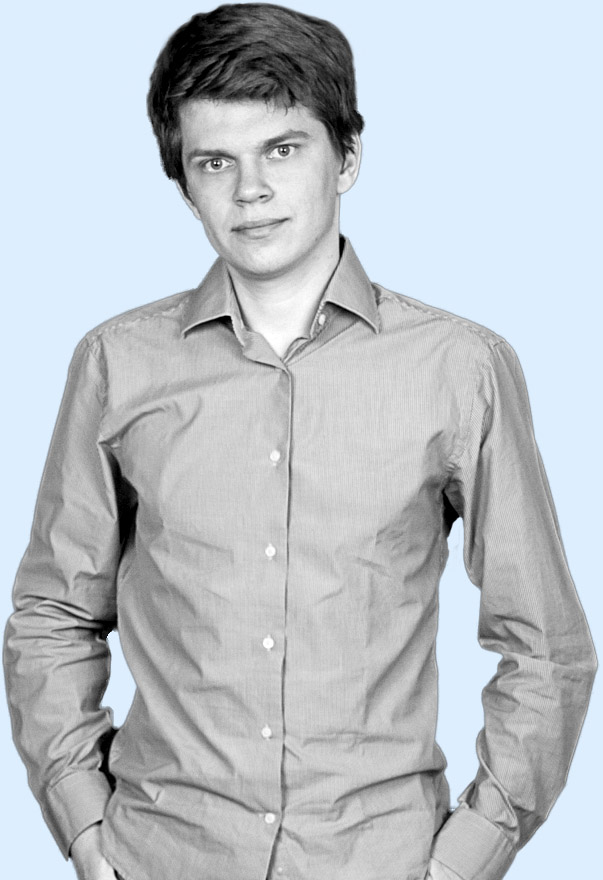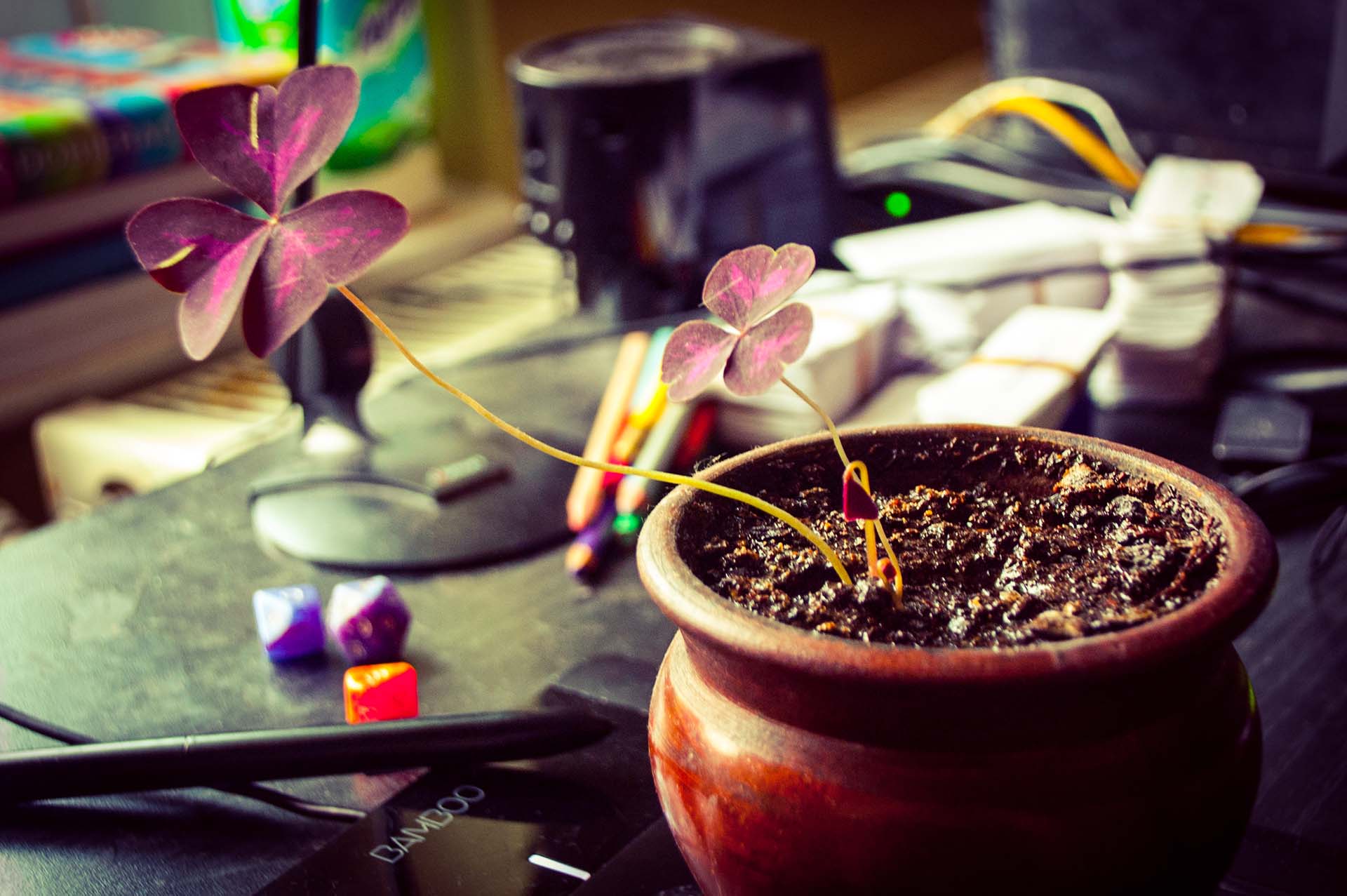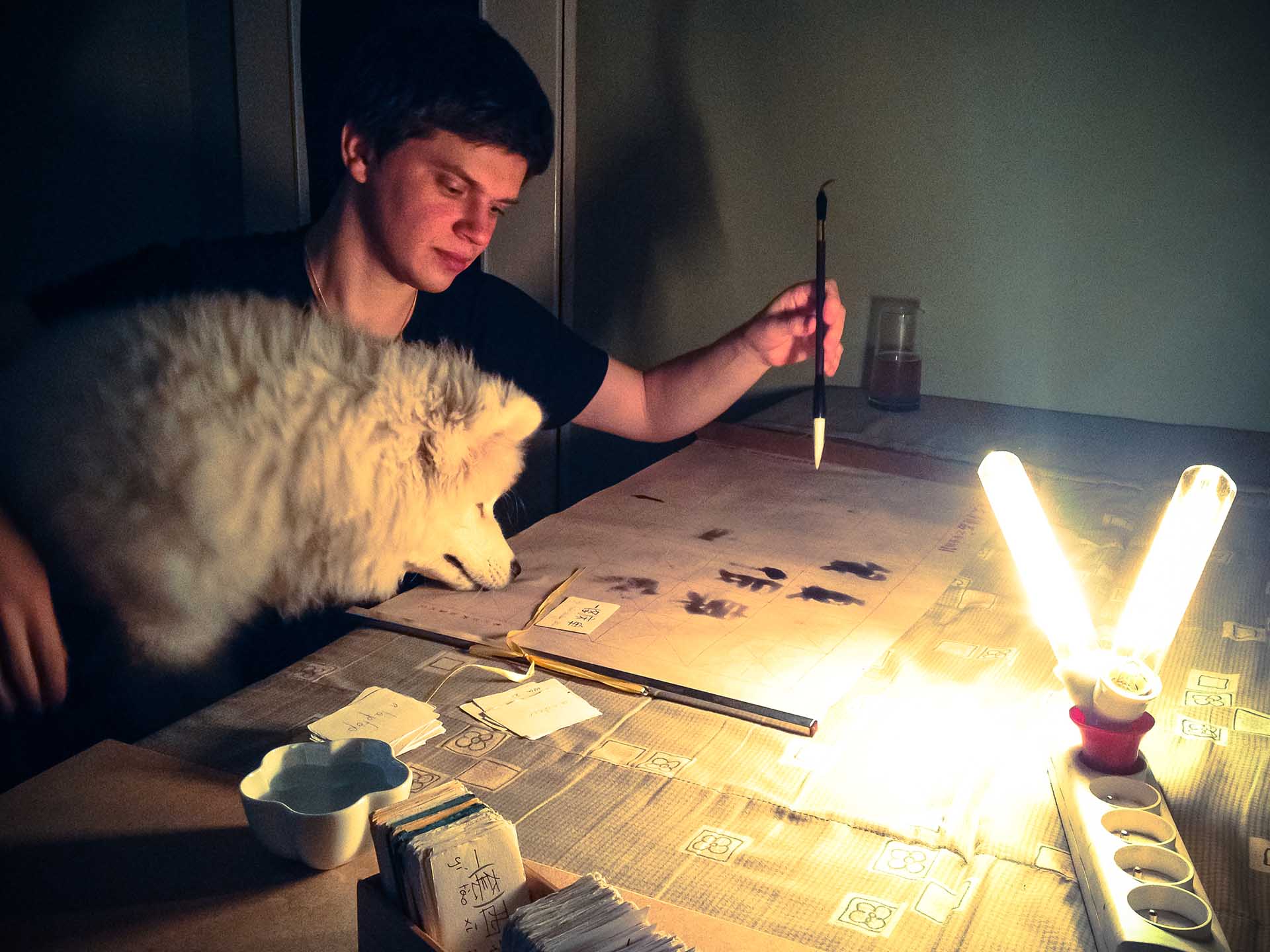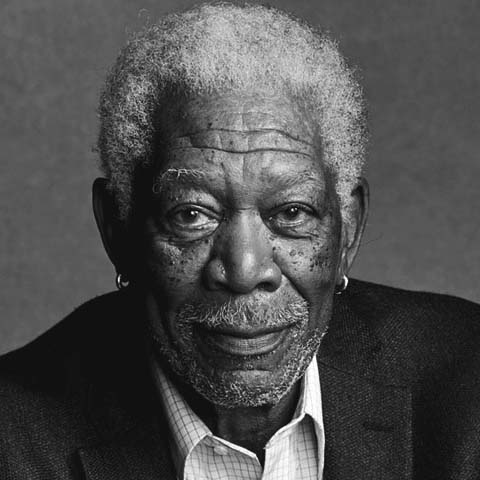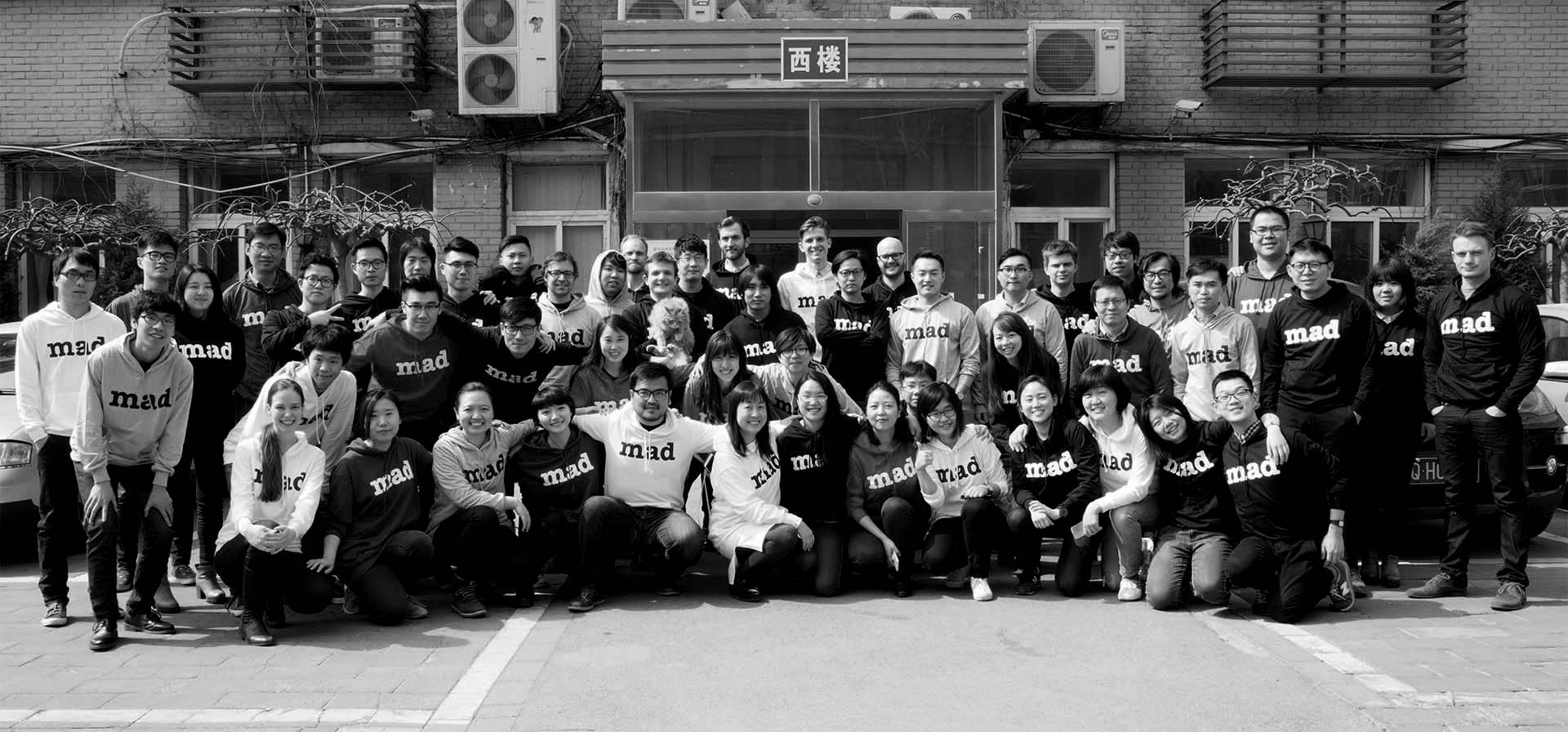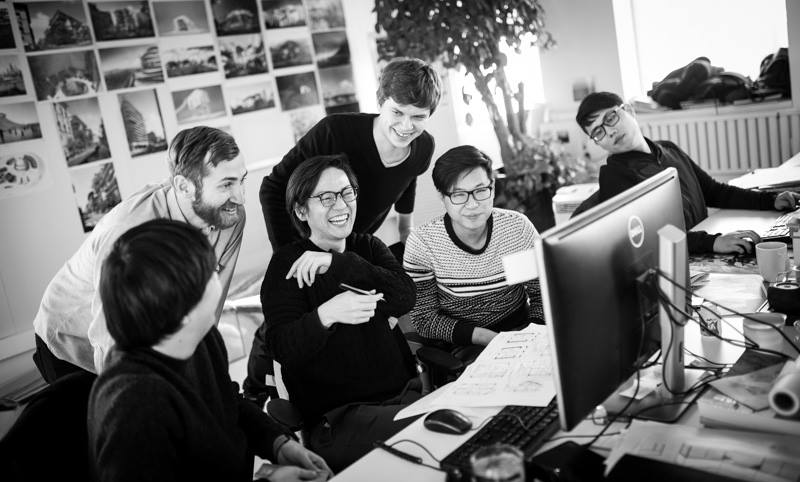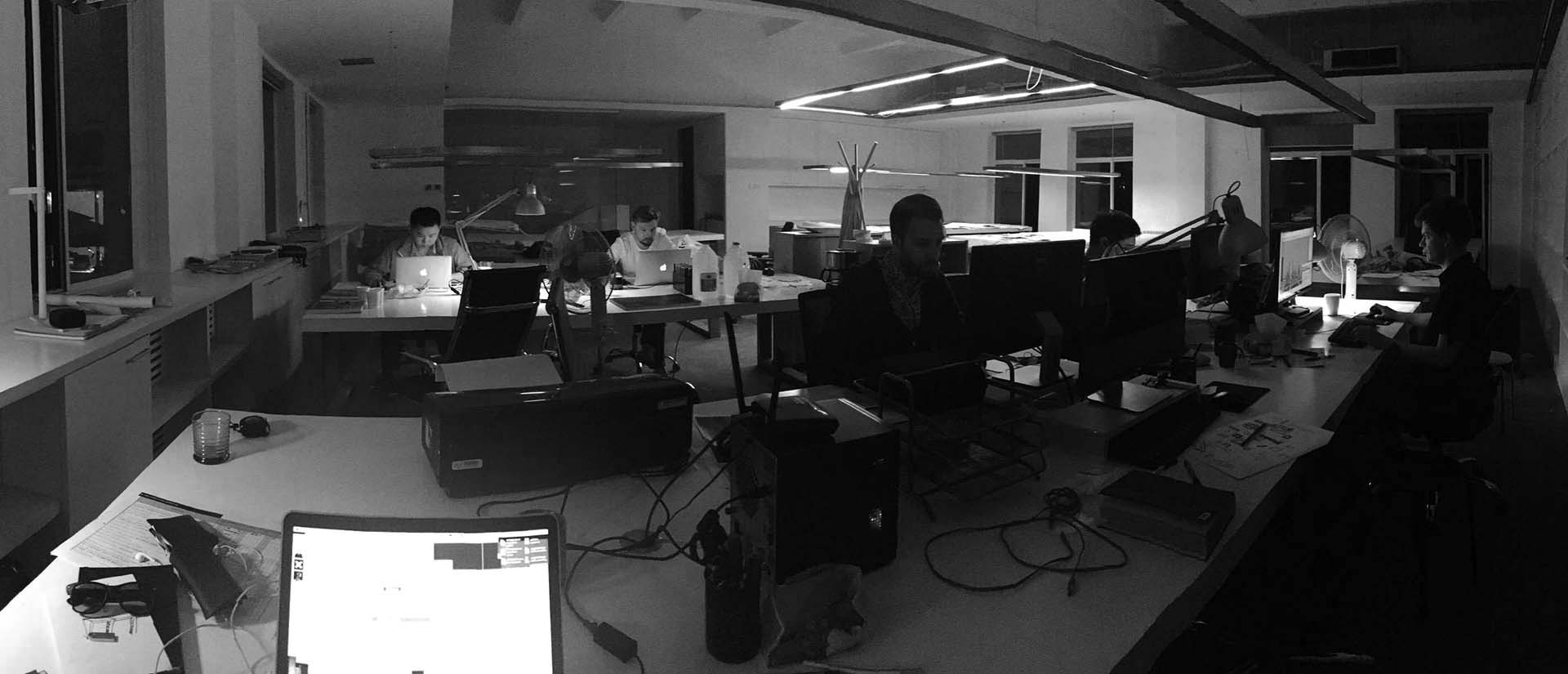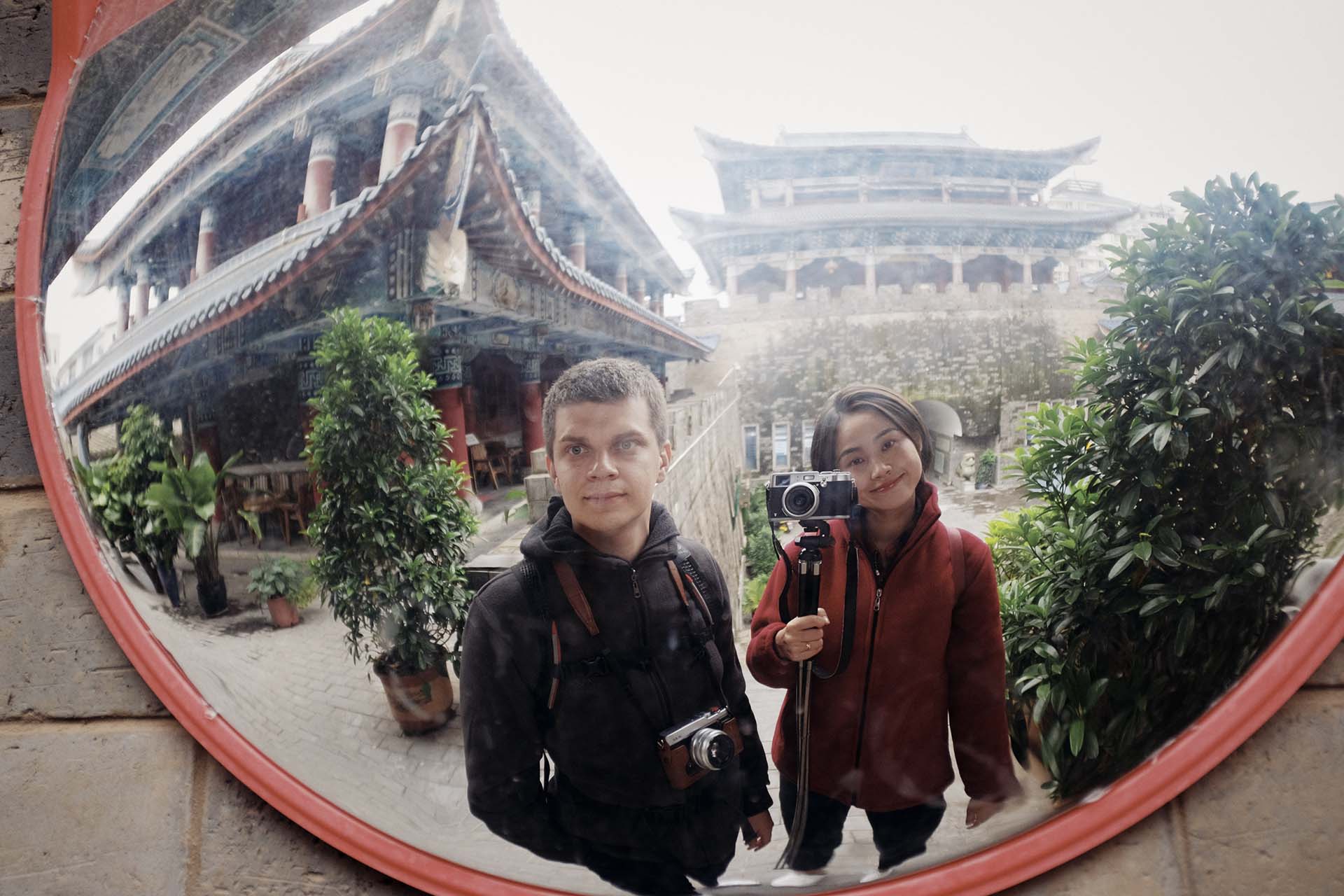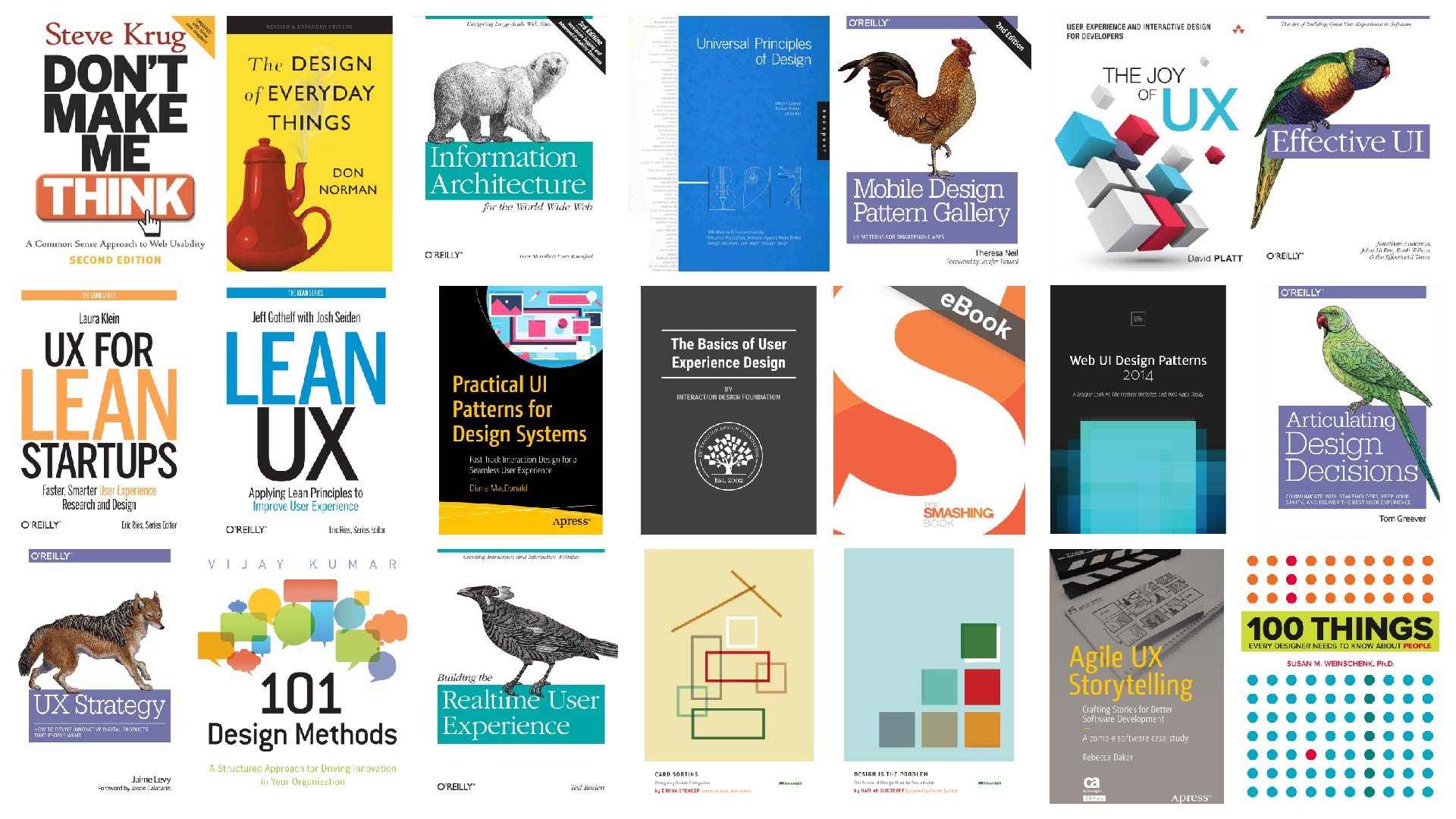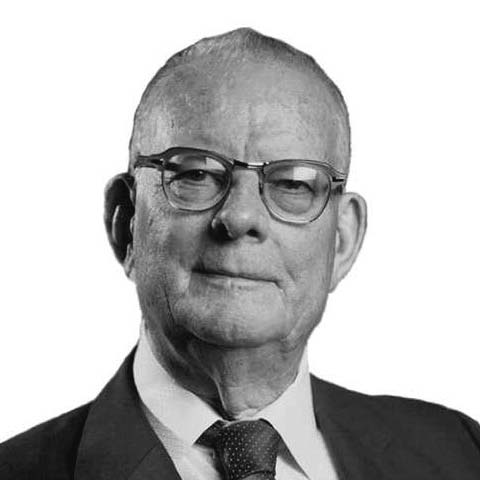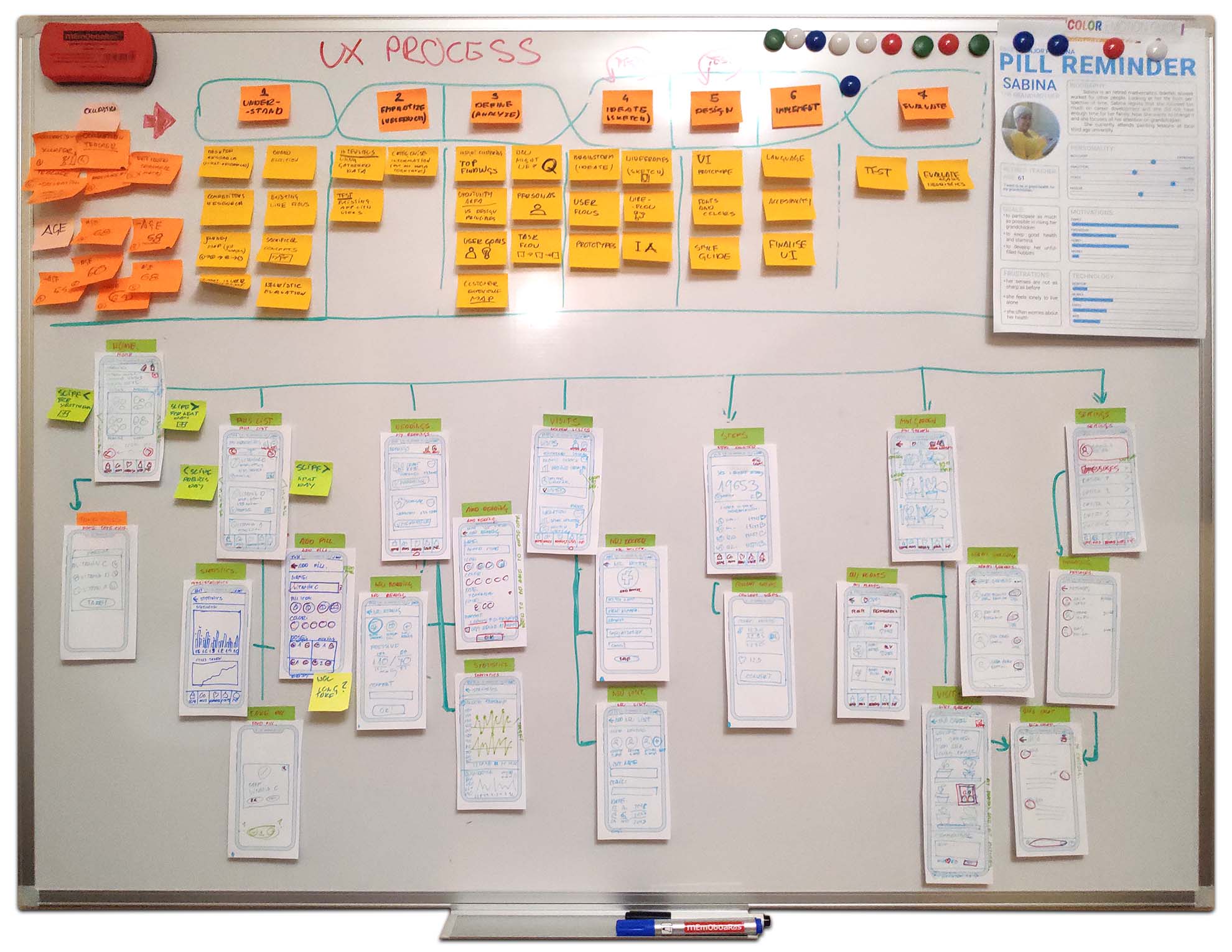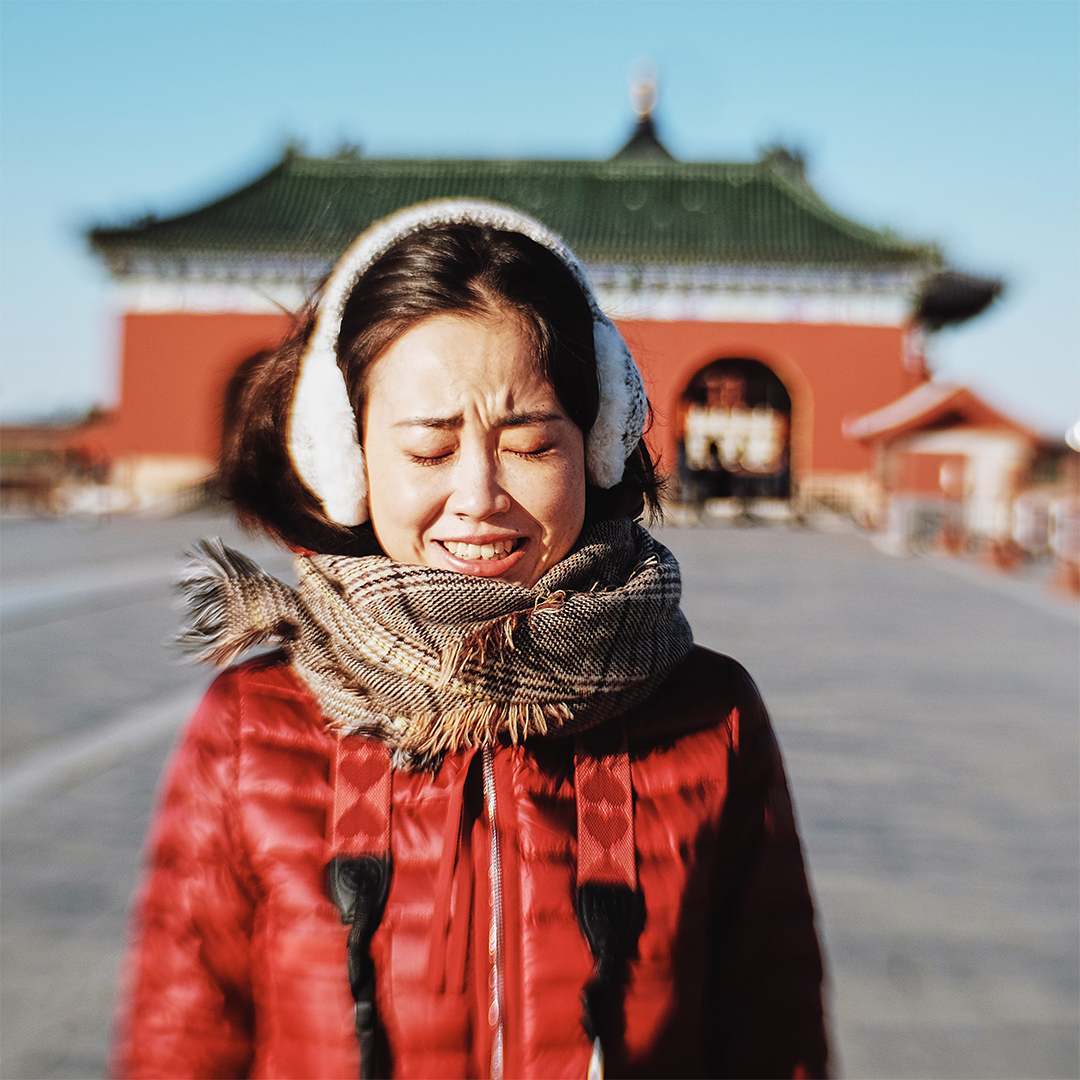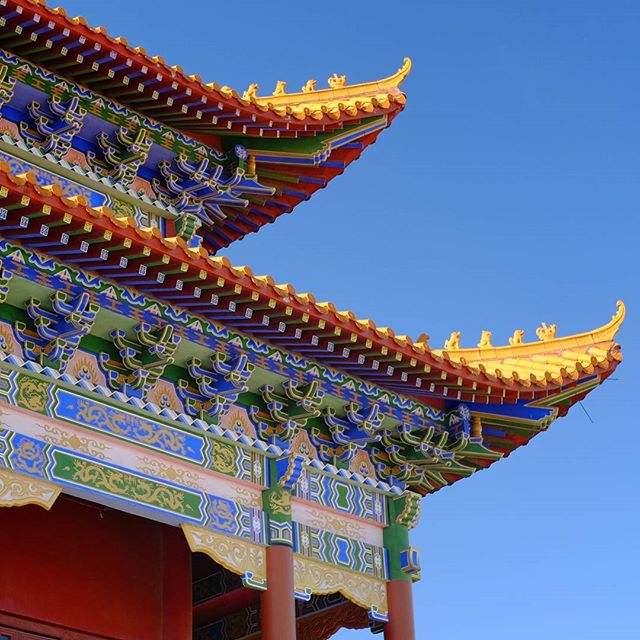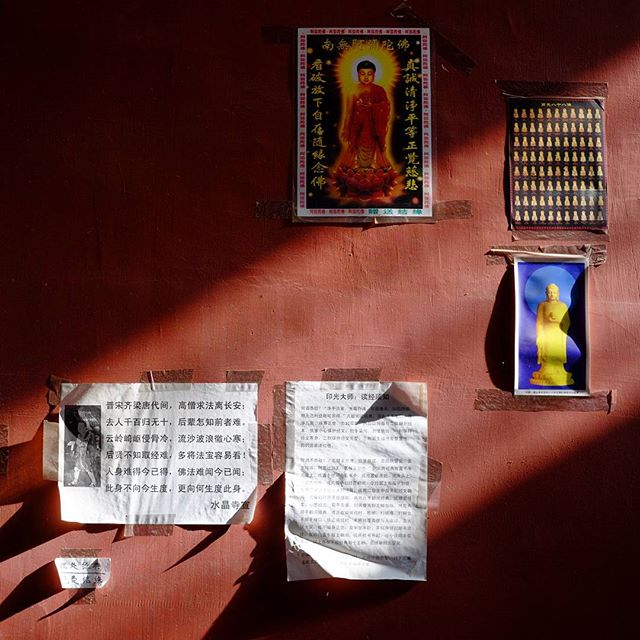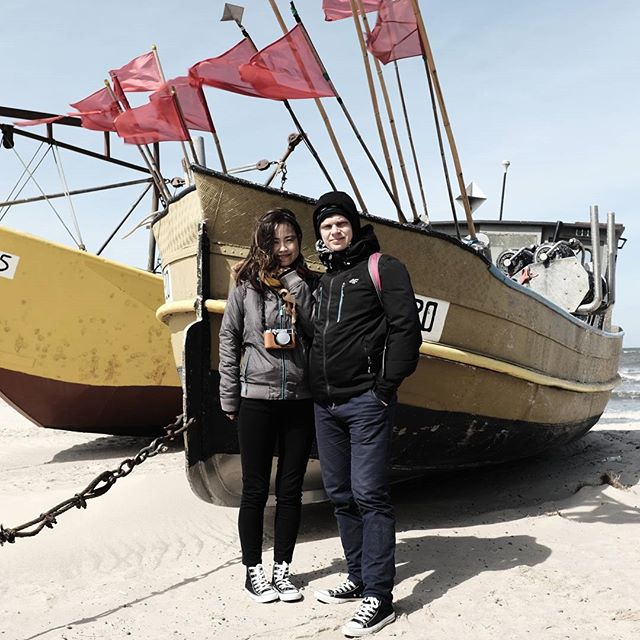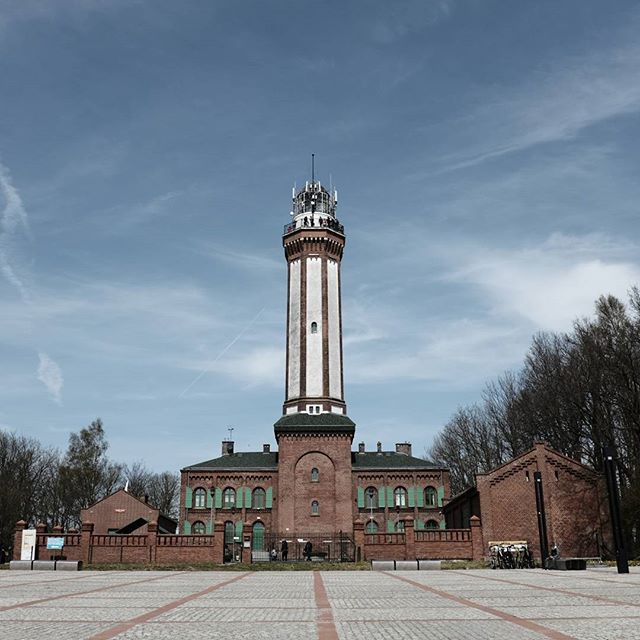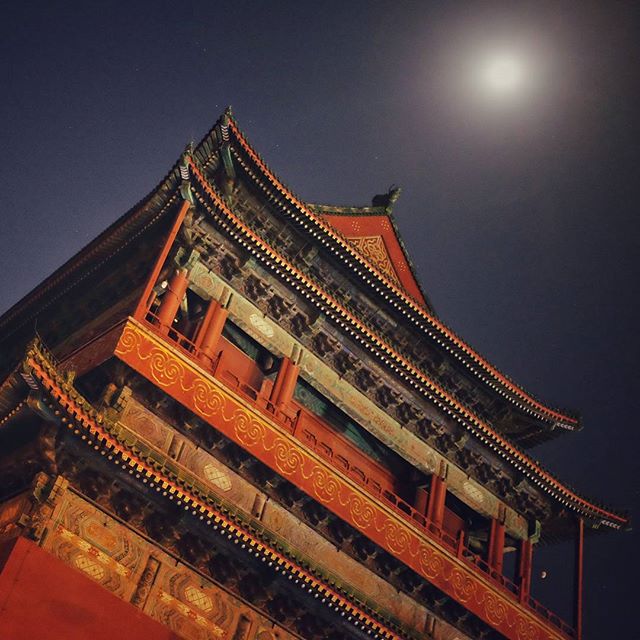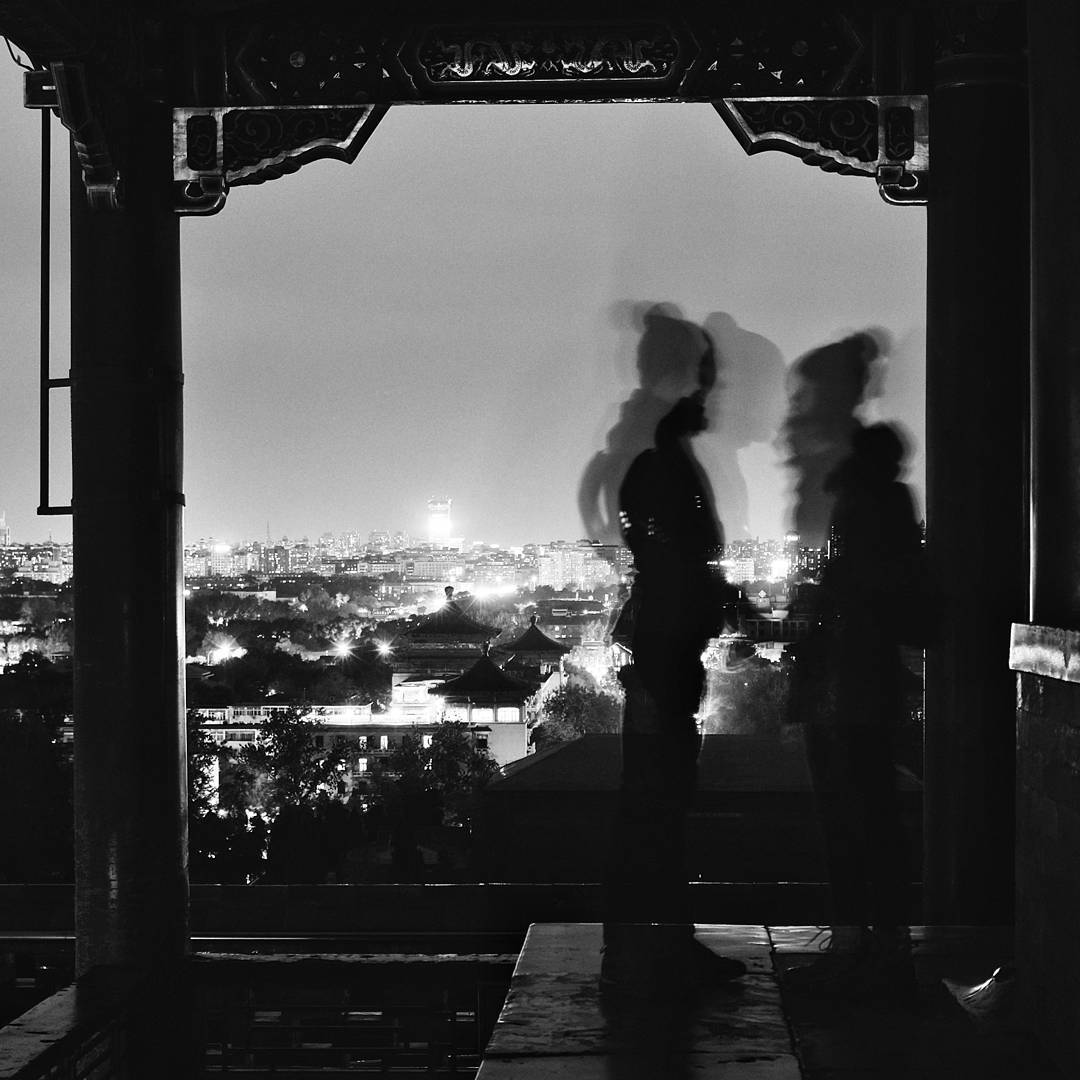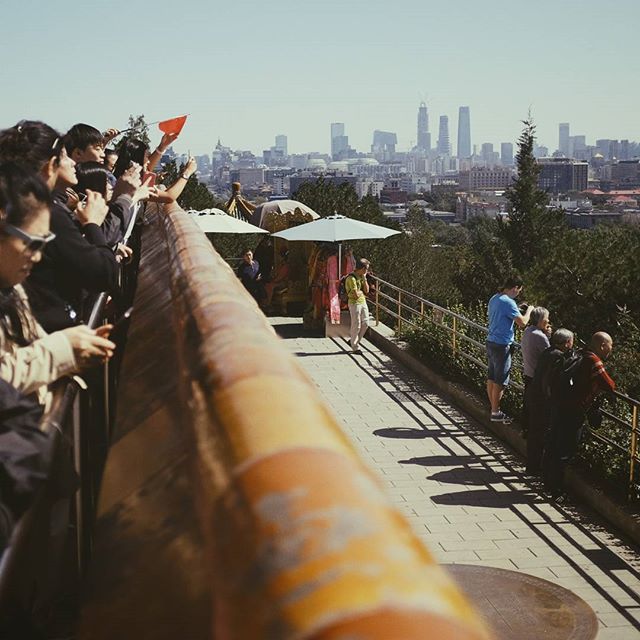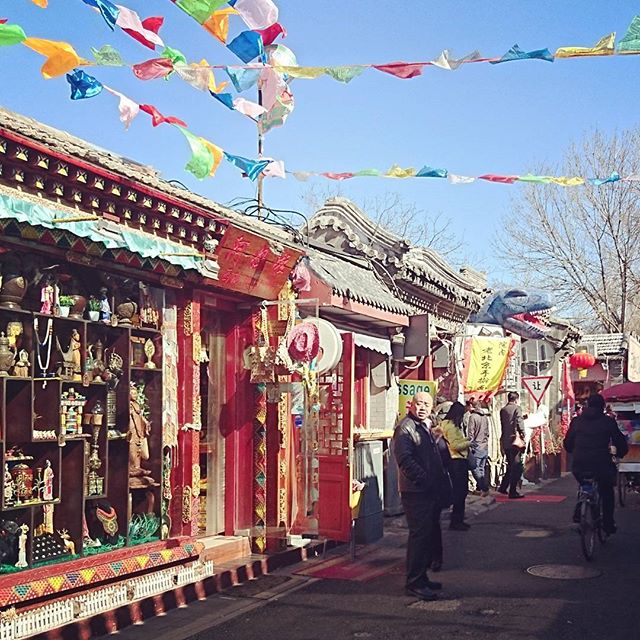My way to UX
My way to User Experience Design was not straightforward. It was a long and complex process that allowed me to build my skill-set, learn empathy, gather multicultural proficiency and find my true passion.

01 Computer Science
My first motivation is IT. I started my higher education at the Computer Science faculty, where I gathered basics knowledge of programming and crucial skill for my future career: algorithmic thinking. After two semesters I decided to move forward and I passed a drawing exam to Architecture Faculty.

02 Architecture
My second motivation is Design. I obtained a Master’s Degree in Architecture and Urban Planning. But the most crucial was a year when I was an exchange student in Istanbul. There I meet a mentor who change my life: prof. Ozan Önder Özener. He thought me the basics of Computational Design, a field of design using algorithms to generate parametric geometries.

03 PhD Studies
Computational Design became the major topic of my Master’s Thesis and subsequently mayor field of Ph.D. research. I was teaching junior students basics while polishing my skill-set. Then, after one year another milestone happened, I got a job offer from one of the most influential architects of our time: Ma Yansong, founder of MAD Architects from Beijing. It was like winning a lottery.

04 Parametric Design
In April 2015, I borrowed money for one way ticket to China. Before moving to the Middle Kingdom, I already studied the basics of Mandarin for about one year. At MAD Architects, I was part of a team developing one of the most influential architectural projects of the XXI century: Harbin Opera House. I built life-lasting impactful friendships with peers all around the world and met my wife to be.

05 Project Leader
After two years of experiencing harsh air quality in Beijing, with my fiancée we decided to move to Guizhou a historical province of eternal spring. My proficiency in Chinese increased rapidly and I accepted an offer as a project leader at the local design institute. I successfully led a team containing 10 Mandarin-only speaking designers.

06 UX Design
My third motivation is humanity. After years of searching, I finally found a field that connects all three stimuli into one fascinating being, and it is User Experience. After watching practical and theoretical tutorials, studying influential books and practicing with smaller projects I am ready to move forward...

If you have any questions, how or want to know something more about
my way to UX please do not hesitate to send me a message:
